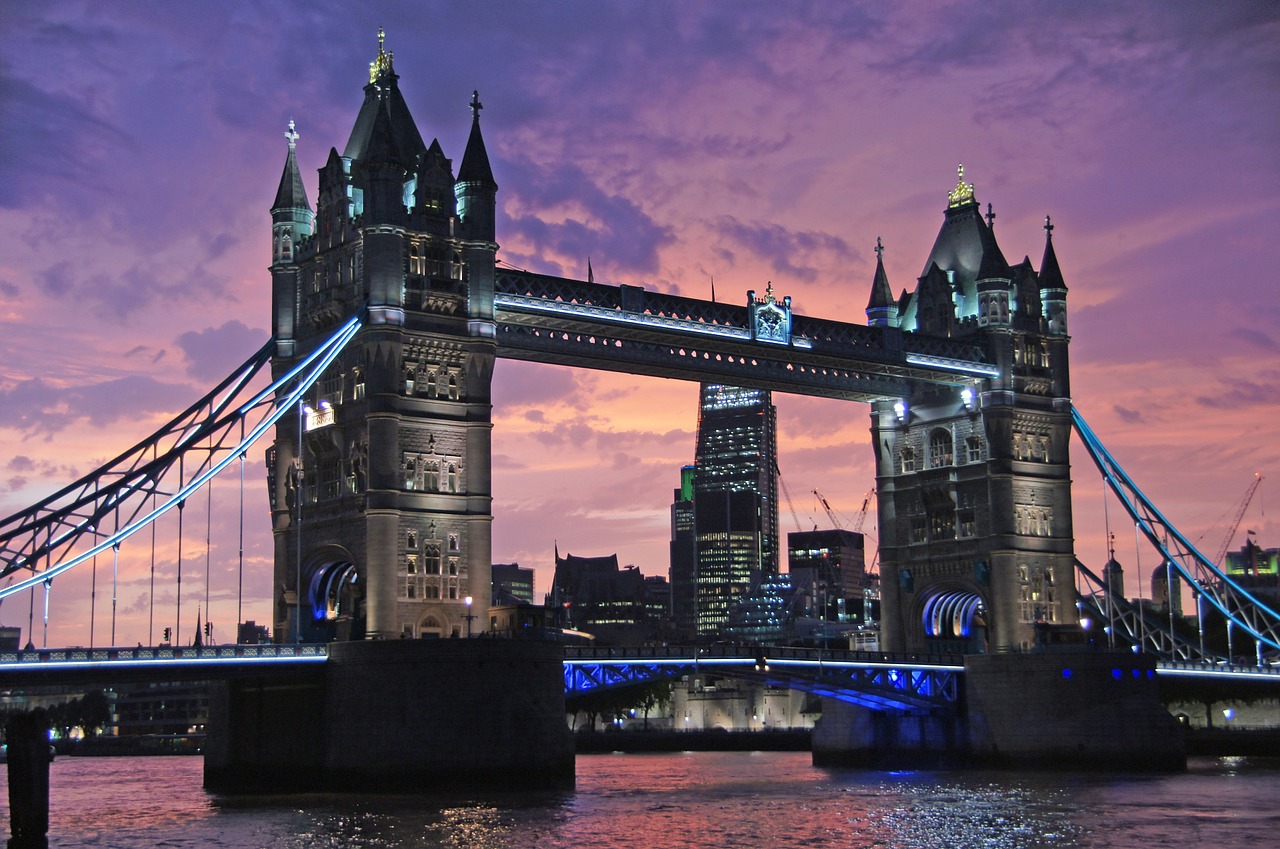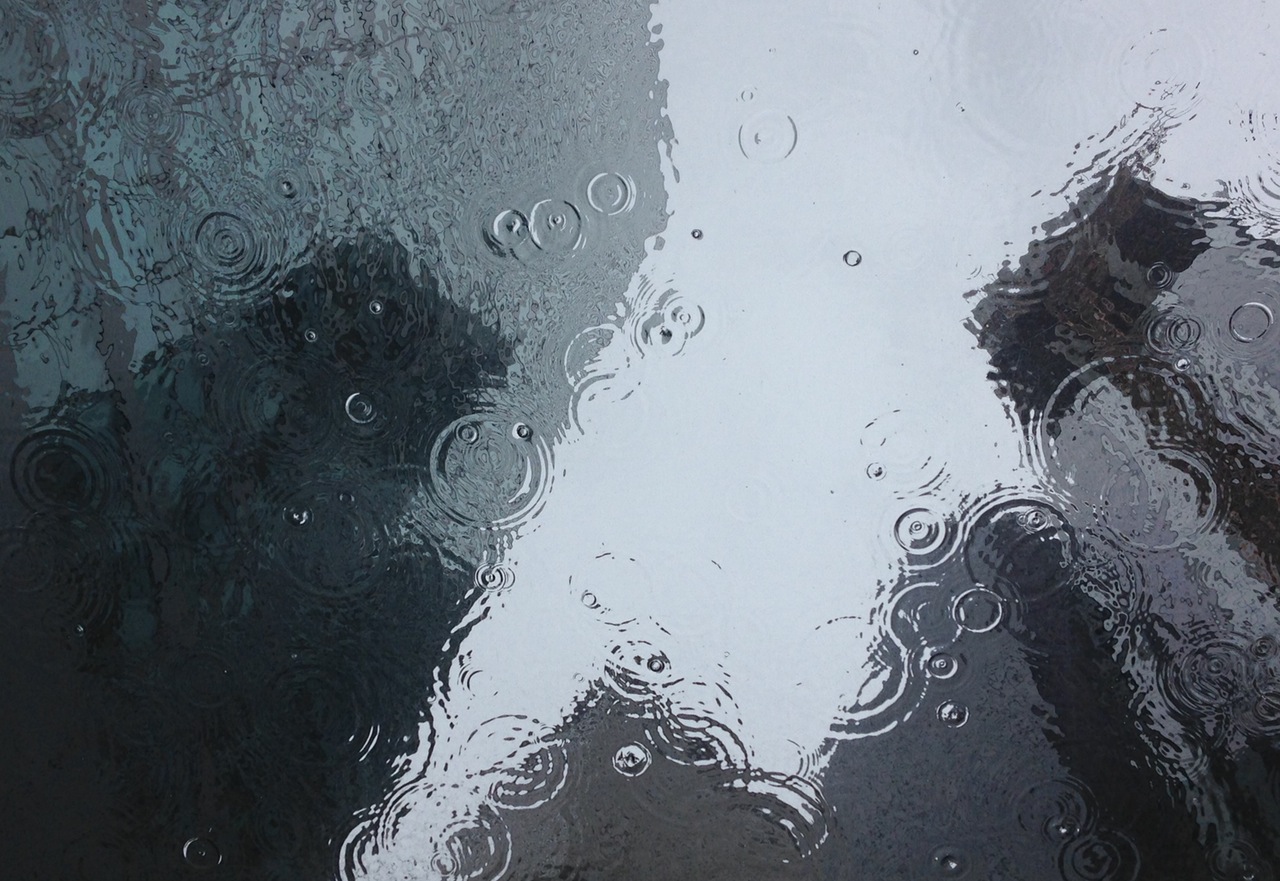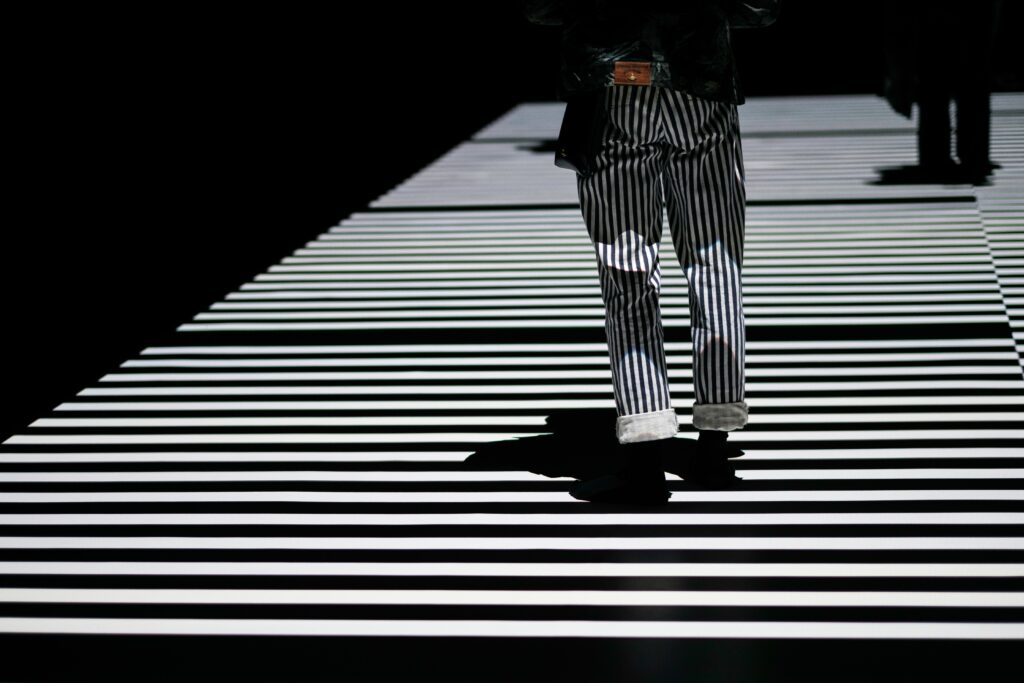Photographing Architecture – Seven of Our Top Tips!
Have you felt inspired recently by a trip to a new city or even around your hometown? Either way, photographing architecture is tricky – at least getting a photo with some real impact is. Not to mention how broad a subject this is, covering anything from enormous skyscrapers to a tiny old barn.

The major benefit to photographing architecture i.e. buildings, is that you can give yourself adequate time to plan thus minimizing potential problems. However, in order to do that, we've got some great quick tips here to get you started.
1. Watch the Direction of Light
This first tip is designed to get you to think about where the light is coming from in how it casts shadows, reflects and illuminates certain areas of the frame. You'll have to take into consideration things like contrast and exposure and what your camera's meter is reading.
Consider using your camera's Exposure Compensation controls to try and avoid the errors your camera may be making when trying to assess the contrast in a given frame.
2. Get Your Lens Focal Length Sorted
Naturally, this is really important when it comes to planning your architectural shoot. Most of the time you'll want to choose a Wide Angle Lens, however, bear in mind, it can cause distortion (if you're not careful). So what are we looking at then? Well, specifically, under a 35mm focal length (full frame) – this does depend on how close or far you are away from your subject…
If you're using a crop sensor camera, check out the appropriate conversions here.
You could consider a telephoto lens if you're shooting from a distance too and especially want to pick out a building or small area. Remember, it doesn't have to be big wide shot, just because it's buildings.
However, sometimes you just wanna exert some artistic license – choose your style and be creative.

3. Stabilize – Use the Best Tripod You Can Afford
Now, you're not going to have to worry about things like (unwanted) motion blur because it's likely the building isn't moving anywhere. This means you're going to have plenty of time to well, take your time. This means giving yourself the breathing space to allow as much light into the camera's sensor as you need.
Therefore by using a tripod, you're able to keep the camera still (use a remote shutter here too) and take as long an exposure as required. So with this great tripod you've got yourself, use it and get some great shots!

4. Low ISO and Aperture Above f/8
If we're using a tripod, then the low ISO is not a problem. We'll have an image without the unwanted noise at the shutter speed we were after to gather the light required. The aperture was the remaining factor to consider here.
We'd suggest above f/8 as it will enable you to get the whole scene in focus – i.e. a greater depth of field (perhaps even start off around f/11) and because the amount of light getting through to the sensor is reduced by the lens aperture size, it means using a tripod is essential.
Make sure your gear's not in the way fo people walking. Last thing you want is it being kicked over – causing a potential hazard and dare I say, ruin your “perfect exposure”!
5. What Time of Day Are you Getting Out? Sunset or Sunrise?
If it's either of the above, look out for long shadows cast by direction of the sun – this can create some amazing effects and add some wonderful depth to your images. Check out this great guide on Sunrises & Sunsets.
Often we're looking at side/front lighting for photographing architecture. Because of the way the light falls (especially at early or late parts of the day) it can create a more three-dimensional effect, not to mention some warmer colors.

6. How This Fits in Your Frame – Composition
Positioning your camera fairly close to a building with a wide angle lens means will emphasize the size of the objects in the foreground, more so than the background. The wide angle being used will stretch the perspective.
If this isn't quite what you had in mind as an effect, consider moving further away from your subject and possibly using a longer focal length – it will put less emphasis on the “appearance” of your subject and keep your photo looking less distorted.
On the other hand, when we're talking modern architecture, you may want to favor an abstract approach to your framing. Tighten up your composition and consider focusing on a beautiful curve or shape you've noticed about a building – even where two building crossover could provide a really interesting and unique perspective.
Also, look out for interesting areas of perfect symmetry and leading lines too – concepts we use as photographers to help the viewer know where we intend our main focus area to be.
7. Reflections – Study the Scene
Lastly, reflections. Puddles, sunglasses, wet streets, windows are all creative ways you can be photographing architecture to produce some stunning and unique images.
Urban areas in particular, are a great source for finding reflective surfaces – just take a few moments and look around you. It could just be these added dimensions you're looking for to bring your image to life!

Photographing Architecture – Top Takeaways
- Consider your lens of choice (or even bring a couple – consider your positioning).
- Use a Tripod – get those images sharp and with a greater depth of field – consider closing down your aperture to f/8 or f/11, to begin with.
- Your time of day could be key to getting some really dramatic effects when photographing architecture! Consider shadows and the direction of light.
- A longer exposure (than you could hand held) could ensure you get extra sharp images.
- Look for lines, curves and interesting things – photographing architecture isn't just about getting a whole building in the frame, think more “abstract”, especially with very modern architecture.
Further Resources
- 5 Things To Consider When Photographing Outdoor Architecture by Dzvonko Petrovski
- Have Nothing To Photograph? Abstract Photography Is Literally Everywhere… by Jason Row
- Juxtaposition Examples In Photography…Explained by Jason Row
- 4 Very Clever Ways To Use Reflections In Your Compositions by Jason Row
Further Learning
Understanding how to create better B&W images could give your photos that extra bump they needed to really have an impact.
We have a fantastic course here by none other than Lightstalking contributor and professional photographer Kent DuFault.





